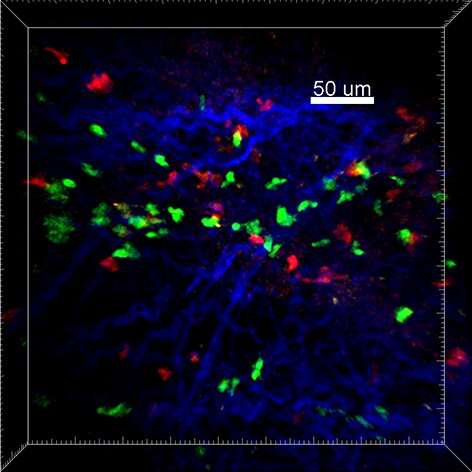

In a new University of California, Irvine-led study, researchers have discovered how regulatory T cells (Treg) are instrumental in limiting the damage caused to the spinal cord in diseases like multiple sclerosis (MS).
Published in the Proceedings of the National Academy of Sciences, the results of the study help explain how Treg cells prevent autoimmunity and dampen immune responses, specifically the negative effects of type 17 helper T cells (Th17) which are known to drive the progression of several autoimmune diseases.
This new study, which builds on recent research that identified pathogenic Th17 cells and their role in the progression of several autoimmune diseases, showed how the inhibition of Th17 cells by Treg cells enabled partial recovery from paralysis. This finding demonstrates how autoimmune diseases may be effectively targeted using Treg-based cellular therapies.
“We discovered a unique ‘repetitive scanning motility’ by which Treg cells (the good guys) dampen calcium signaling in pathogenic Th17 cells (the bad guys), and help to resolve neuroinflammation and limit reactivation of Th17 cells in the spinal cord,” explained Shivashankar Othy, Ph.D., lead author of the study with Amit Jairaman, Ph.D., both project scientists in the Cahalan Lab at UCI.
Source: Read Full Article